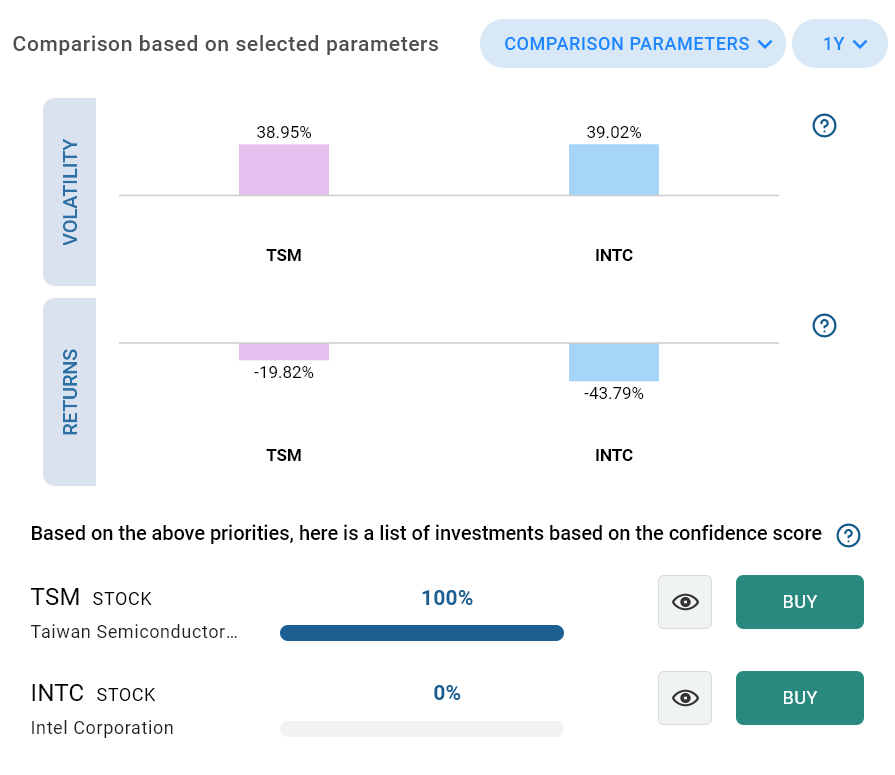Editor’s Note: Our experts here at INO.com cover a lot of investing topics and great stocks every week. To help you make sense of it all, every Wednesday we’re going to pick one of those stocks and use Magnifi Personal to compare it with its peers or competitors. Here we go…
Real estate investment trusts, or REITs, have existed here in the U.S. since the 1960s. The mature American market means there are some interesting subsectors where investors can gain exposure.
One such asset class is infrastructure. American Tower (AMT), Crown Castle (CCI), and SBA Communications (SBAC) are the second-, fourth- and 11th-largest U.S. REITs. All three own communication towers across the country, which are leased out to mobile phone services providers, radio and TV broadcasters, government bodies, and other companies.
The other type of infrastructure popular in the REIT space is data centers. The third- and 10th-largest REITs, Equinix (EQIX) and Digital Realty (DLR), both own and lease data centers to technology companies requiring immense amounts of digital storage space.
However, the data center REITs have come under criticism. In 2022, well-known short seller Jim Chanos said he was raising money to bet against such companies, predicting that the tech giants currently renting the space would look to develop their own data centers going forward.
As Chanos put it, “…although the cloud is growing, the cloud is their enemy, not their business. Value is accruing to the cloud companies, not the bricks-and-mortar legacy data centers.”
Chanos also pointed to a wider issue in the REIT space: the risk that many are overvalued.
According to numbers compiled by FactSet, the average S&P 1500 REIT is priced at 2.39 times net asset value (NAV) and 40.2 times earnings. Also, the average S&P 1500 REIT’s net debt is 1.36 times its NAV.
However, the high multiples on REIT shares come from the fact that they have lots of exposure to high-growth sub-sectors, such as self-storage, healthcare, student accommodation, and the aforementioned infrastructure.
What we want to do this week is to compare a REIT in the sub-sector that Chanos doesn’t like — Digital Realty — and the largest of the communications tower REITs, American Tower.
The easiest way to do that is to ask Magnifi Personal to do it for us. It’s as simple as asking this investing AI to “Compare AMT to DLR.” Continue reading "Finding A Good REIT For Today's Market"

